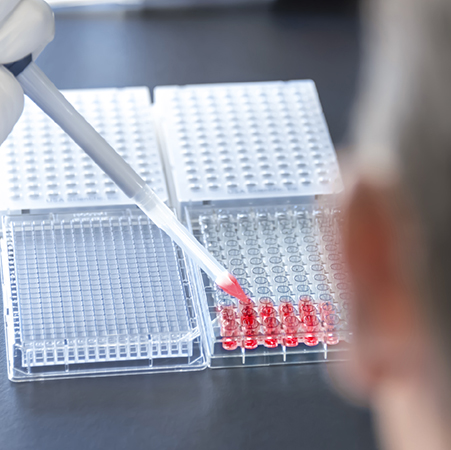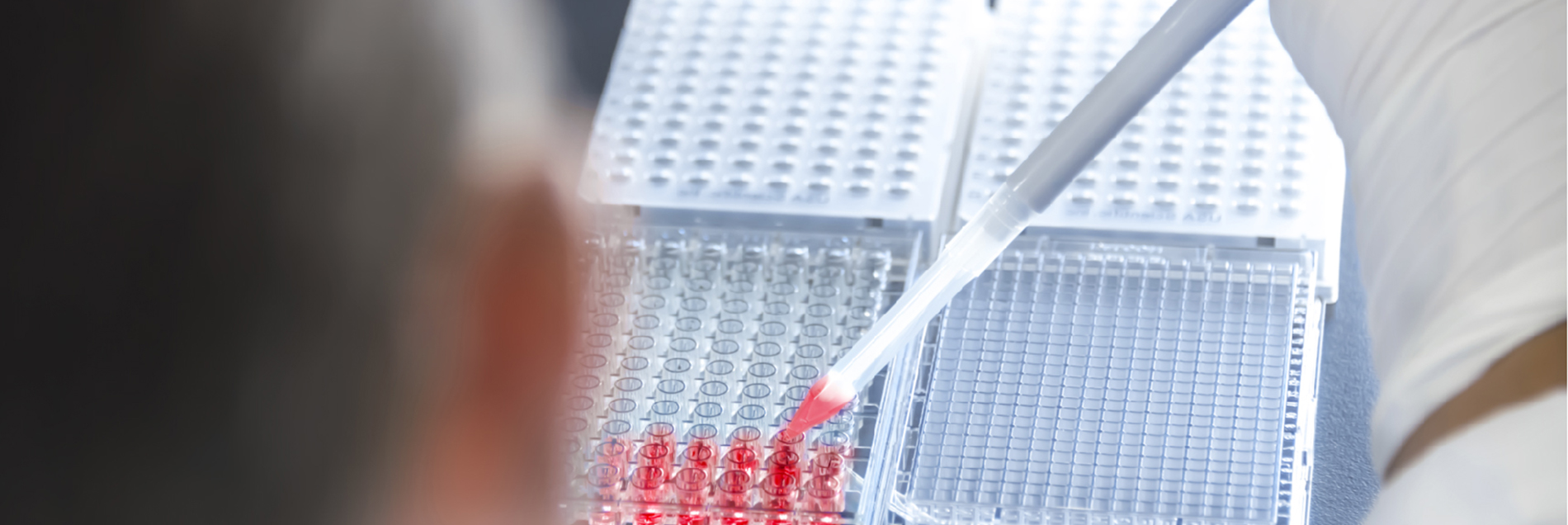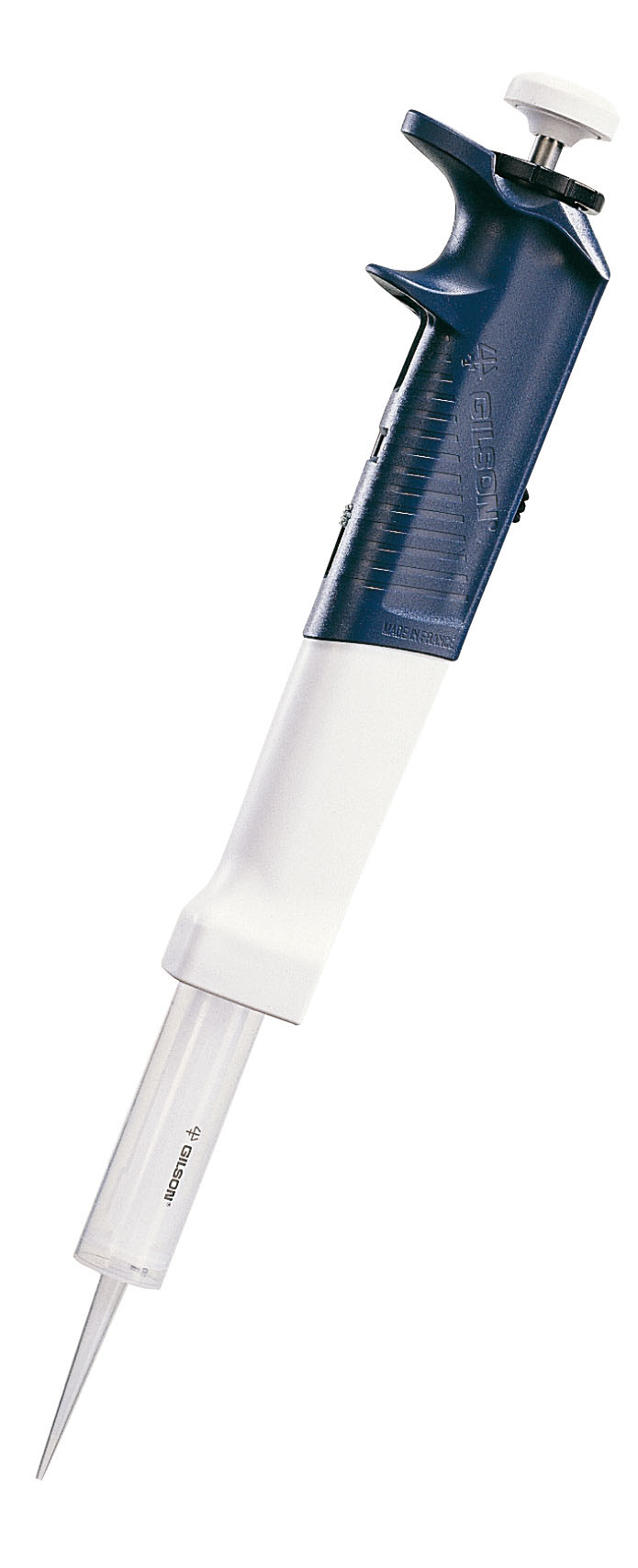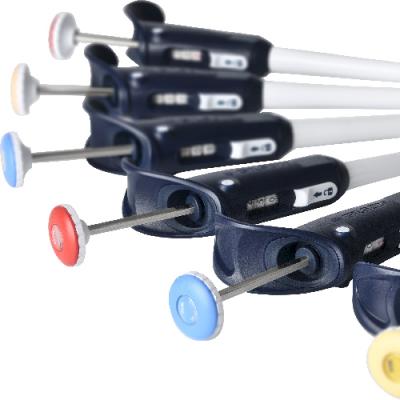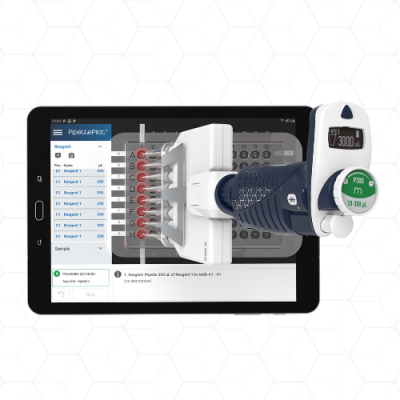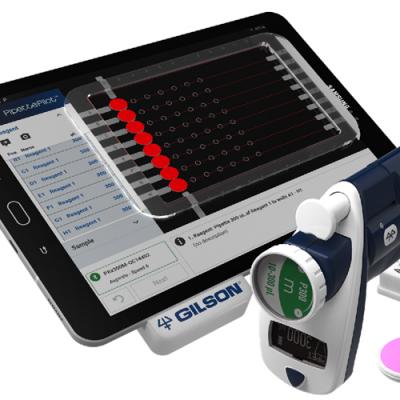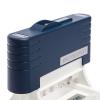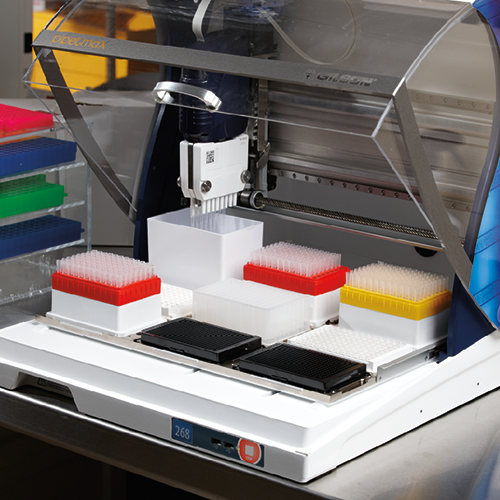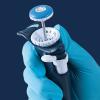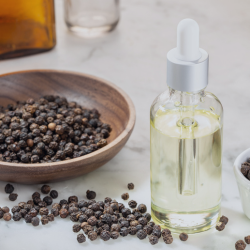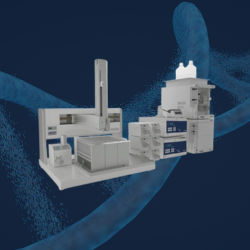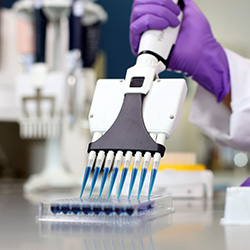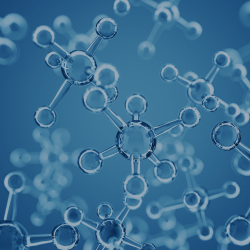The type of pipette you use and your pipetting technique will have a major impact on the accuracy and results of your assays. Almost every laboratory that conducts research will have a pipetting procedure that accurately measures the exact volumes when aspirating and dispensing liquids. However, if the workflow calls for pipetting dense liquids, making sure you’re using the correct pipette can ensure accuracy in your assays.
A recent study of error rates in clinical assays during the pre-analytical phase in medical laboratories found an average error rate of 1.48%. The study analyzed 113,817 blood samples in a tertiary care hospital for clinical pathology and hematology. The pre-analytical phase accounted for almost 50% of all laboratory errors, showing there is still much room for improvement. Pipetting is a crucial step during a pre-analytical workflow. A positive-displacement pipette provides the best results to ensure accuracy and repeatability when working with viscous, dense, or other non-aqueous liquids.
Why Pipetting Dense Liquids Remains a Challenge
Air displacement pipettes move the liquid using an air cushion (called dead volume), located between the piston of the pipette and the liquid sample. You can maintain a high level of accuracy using an air displacement pipette when dealing with aqueous liquids. However, if you’re working with a liquid with a different density to water, you may start introducing volume errors into your assay.
Challenges occur when:
- The liquid is denser than water – Samples will have a greater mass per unit and a stronger affinity with gravity, meaning you will aspirate less volume than expected.
- The liquid has a lower density than water – With a lesser mass per unit, the air displacement pipette will aspirate a greater volume of liquid.
It’s possible to overcome these challenges by calculating the mass of the liquid and adjusting the volume setting accordingly on the air displacement pipette. However, taking this approach will add time to every assay. You could also experience other errors like cross-contamination, evaporation, or introducing the sample to different environmental variables that affect the accuracy.
To avoid these kinds of errors, you should consider using a positive-displacement pipette for all your volatile and dense liquid pipetting tasks.
Accurate Pipetting of Dense Liquids with Positive-Displacement Pipettes
Instead of using an elastic air cushion to aspirate and dispense samples, a positive-displacement pipette works with a disposable piston integrated inside the disposable capillary tip. The liquid comes into direct contact with the piston but never the pipette itself. When you aspirate and dispense the sample, the piston’s force overcomes any issues with density, viscosity, or other environmental factors to ensure you pipette accurate volumes every time, regardless of the physical properties of the fluids.
Positive-displacement pipettes are ideal for working with samples like:
- Blood
- Proteins
- Serums
- Organic solvents
- Salts
- Foaming solutions
- Any other non-aqueous liquids
The capillary and piston exert enough force on any liquid to avoid volumetric errors. As there is no air involved in the pipetting process, you won’t expose the sample to any environmental conditions that could affect the accuracy.
Figure 1. Comparison of the Air-displacement and Positive-displacement Pipettes.
Panel A shows the mechanics behind air-displacement pipettes. Panel B describes positive-displacement pipettes.
When to Use a Positive-Displacement Pipetting Workflow
Apart from providing you with greater accuracy when pipetting dense liquids, using a positive-displacement pipette during several steps of your workflow has additional advantages. The capillary and piston design separates the liquid from the pipette, which reduces volatile solvent evaporation, limits the effects of atmospheric pressure or temperature, and prevents cross-contamination of samples.
Positive-displacement pipettes are ideal for use in:
DNA sampling and PCR protocols
Molecular biology and point of care diagnostics
Forensic sciences
Cosmetic and pharmaceutical formulations
Food and beverage manufacturing
Environment and quality control
Chemistry, petrochemistry
Whenever you are working with a problematic liquid, you should consider using a positive-displacement pipette.
Types of Positive-Displacement Pipettes to Consider
For any laboratory working with volatile, viscous, surfactant, or dense liquids, using a positive-displacement pipette will reduce systematic and random errors during the assay compared with the results of an air displacement pipette. Our positive-displacement pipette, MICROMAN® E, uses capillary piston (CP) tips, which are comprised of two parts. The capillary is made from non-wetting polypropylene that won’t break during your aspiration and dispensing steps.
If you need a system that allows multiple dispensing, the DISTRIMAN® positive-displacement repetitive pipette is ideal for increased throughput without compromising accuracy. You can simplify your repetitive dispensing process using the DISTRITIPS® syringes to speed up your workflow.
MICROMAN® E Positive-Displacement Pipette
The award-winning ergonomic design of MICROMAN E positive-displacement pipettes ensures you maintain the highest level of precision when working with problematic liquids. Depending on your needs, you can choose from six models with varying volume ranges from 1µL up to 1000 μL.
The disposable capillary piston tips protect the sample, the user, and the pipette, while the volume-locking switch prevents you from accidentally changing the volume setting during the pipetting process. The MICROMAN E is ideal for pipetting:
- Viscous or dense fluids
- Volatile, hot, and cold liquids
- Infectious solutions and any other challenging liquids
Figure 2. MICROMAN E Positive-Displacement Pipette
DISTRIMAN® Positive-Displacement Repetitive Pipette
When you need to dispense the exact volume repeatedly, the DISTRIMAN positive-displacement repetitive pipette gives you the same accuracy and protection as the MICROMAN E. With a direct read-out and continuously adjustable volume setting, you can dispense the required aliquots for any of your non-aqueous liquid protocols, even fractional volumes can be multi-dispensed.
The DISTRIMAN uses only three DISTRITIPS syringes to cover aliquot volumes between 1 μL and 1.25 mL, making it an economical option to dispense more than 100 aliquots per syringe. For each dispensing task, you can ensure the accuracy of your volumes using the direct read-out display in either micro or milliliters.
Figure 3. DISTRIMAN Positive-Displacement Pipette
Improve Your Accuracy When Pipetting Dense Liquids with Gilson
In situations where you need to ensure you aspirate and dispense any non-aqueous liquid accurately, consider Gilson’s positive-displacement pipettes. Engineered with decades of experience and designed to provide lab technicians with all-day comfort, our positive-displacement pipettes will help you achieve reliable, repeatable, and accurate results every time.
Gilson also provides expert technical support through accredited calibration and service centers around the world. Our positive-displacement pipettes are ideal for molecular biology, chemistry, forensic sciences, and point of care diagnostics. In any environment where liquid density poses a concern for your results, consider a positive-displacement pipette like the MICROMAN E or DISTRIMAN.
Gilson's pipettes are made to provide ergonomic support and comfort for your pipetting workflows. You can also look for solutions like our PIPETMAX® automated liquid handling system if your sampling volumes exceed your lab's current manual capacity.
If you need more information about Gilson and our problematic liquid pipetting capabilities, reach out to our sales and support team today.

















